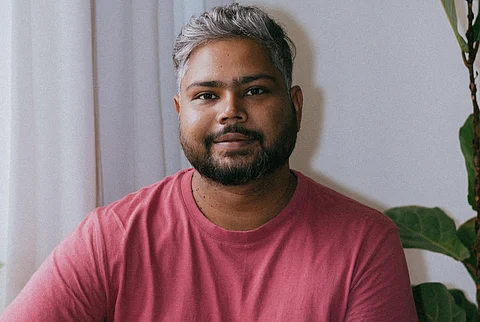

"The future is already here — it's just not very evenly distributed."
This William Gibson quote rings true 40 years later as Artificial Intelligence (AI) is reshaping industries and automating entire professions, but its impact has yet to reach millions of classrooms in the global south. AI is rewriting the rules of work.
Wage stagnation and job displacement loom over millions, even as AI is projected to create over 10 million new jobs in the next five years. But here's the crucial question we're not asking enough:
Who gets to participate in this future?
The geography of AI opportunity
Most emerging AI jobs are concentrated in the global north, while the global south remains primarily a consumer of AI innovation rather than its creator. This goes way beyond market forces. It's an equity crisis happening right now. Of the 1.3 billion young people between the ages of 10 and 19, more than 80% live in countries across Asia and Africa. By 2030, over half of them—roughly 500 million—will be entering the workforce.
These young people have the most significant stake in a future shaped by AI, yet they're systematically locked out of the systems shaping it. It's not just about who gets access. It's about who gets to shape what comes next.
Beyond coding: The new career landscape
The rise of AI is creating entirely new career categories that didn't exist before. We need people who are building AI tailored to diverse global needs, people who refine the existing tools, and most importantly, people who ensure that AI is ethical, safe, and aligned with human interests. But these new jobs demand imagination, judgment, and adaptability.
Research shows that people with strong foundational problem-solving skills gain the most from AI tools, while those without them fall further behind. For school students in the global south, the likelihood of learning these skills remains low and inconsistent, raising questions of equity and their representation in the future of work.
Since the beginning of tech education, the primary focus has been on coding. But AI simultaneously challenges an approach focused on coding and refocuses attention on skills centring imagination, judgment, and agility. Making this shift means asking harder questions.
What if students learned AI by solving problems in their communities? What if they saw how language shapes machine learning, or how biology informs algorithms? What if they learned to question the technology, not just use it?
From consumers to creators: Why tech sovereignty matters
The answers to these questions are the foundation of technological sovereignty. Failure to create equitable opportunities means surrendering technological sovereignty. Critical infrastructure — from healthcare to agriculture — requires adapting to the demographic nuances of each region. When solutions are imported without local adaptation, public services suffer, and technology fails to meet community needs. Consider Aindriya Barua, a machine learning engineer from India, who faced a critical problem when trying to report hateful content on social media.
The lack of extensive mixed code tagging made these platforms inadequately positioned to address online hate specifically targeted at Indian users. Aindriya accumulated India's most extensive Hinglish (Hindi and English) dataset of 40,000+ comments and used it to train an advanced AI model.
ShhorAI became the first content moderation SaaS API built specifically for Indian markets. Aindriya and 45+ volunteers — people who faced online hate for being queer, women, transgender, or from remote tribal areas — created technology that can potentially bring dignity to eight of ten people who encounter harassment on the Indian internet. Their work didn't just fill a job that didn't exist a few years ago.
It was claiming agency over technology that shapes their daily experiences. This is what technological sovereignty looks like in practice.
The window for action is now
Schools can't ignore this anymore. Teaching students to work with AI isn't optional. It's survival. The future of work isn't predetermined; it will be shaped by choices made today.
For the 500 million young people in the global south who will soon enter the workforce, the answer will determine whether they become the researchers and builders harnessing AI to solve humanity's biggest challenges, or merely data points in someone else's system.
The choice is ours to make.
(Satyam Gupta is a Teach For India (TFI) alum. Views expressed are his own.)
